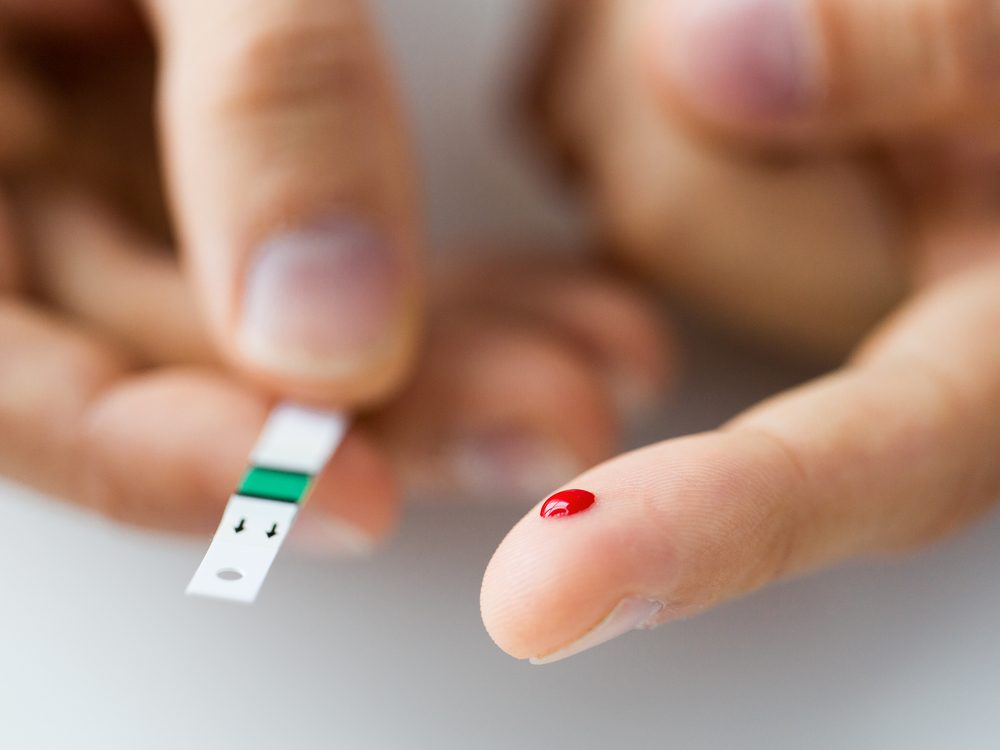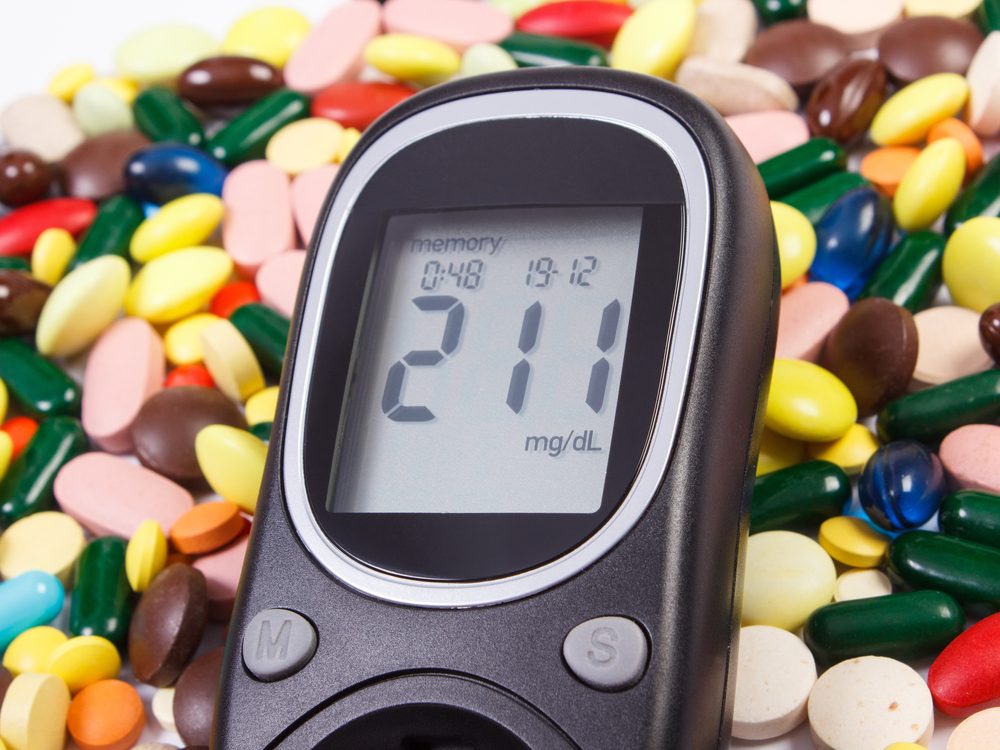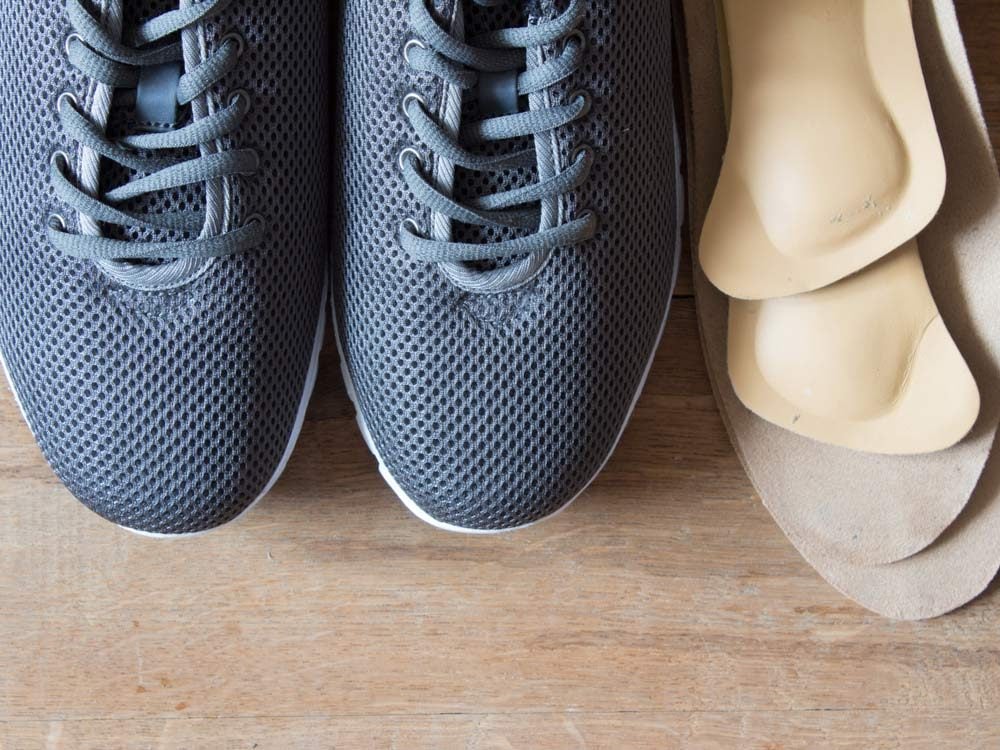
Pack Extra Diabetes Meds
Keep medications in your carry-on in case your luggage is lost, and bring more than you think you’ll need. Unopened insulin must remain cold, so people with diabetes should make sure to have a cooler bag with a gel ice pack.

Drink Water
It’s easy to become dehydrated during air travel or in warmer climates. This can be dangerous if you’re on diabetes meds as they prompt your body to release extra sugar through your urine.
We’ve rounded up the 14 best medical discoveries from around the world for the summer of 2017.

Check Your Dose
Are you taking long-acting insulin at a set time each day to manage your diabetes, and crossing more than three time zones? Your doctor will need to adjust your prescription so you don’t overdose or underdose.
Check out How to Deal with a Diabetes Diagnosis.

Bring Healthy Snacks
A bag of nuts or a meal-replacement drink can save a person with diabetes during long food-free stretches on the plane. And if you’re unusually active at your destination, you may need to eat more often.
Plus: 30 Healthy Snacks No Adult Has to Feel Guilty About Eating

Monitor Your Glucose Levels
A rich restaurant meal could send your blood sugar soaring, while a walking tour could cause it to plummet. Pack extra glucose strips—and use them.
Here are 8 ways to make sure your blood sugar and insulin levels are as healthy as can be.

Bring Comfy Shoes
Beware of fancy footwear that could cause blisters or nicks. Opt instead for running shoes and check your feet nightly—diabetes can cause nerve damage, which may make you less likely to notice injuries.
Plus: 3 Healthy Eating Habits to Control Diabetes
Originally published in the September 2017 issue of Reader’s Digest Canada.